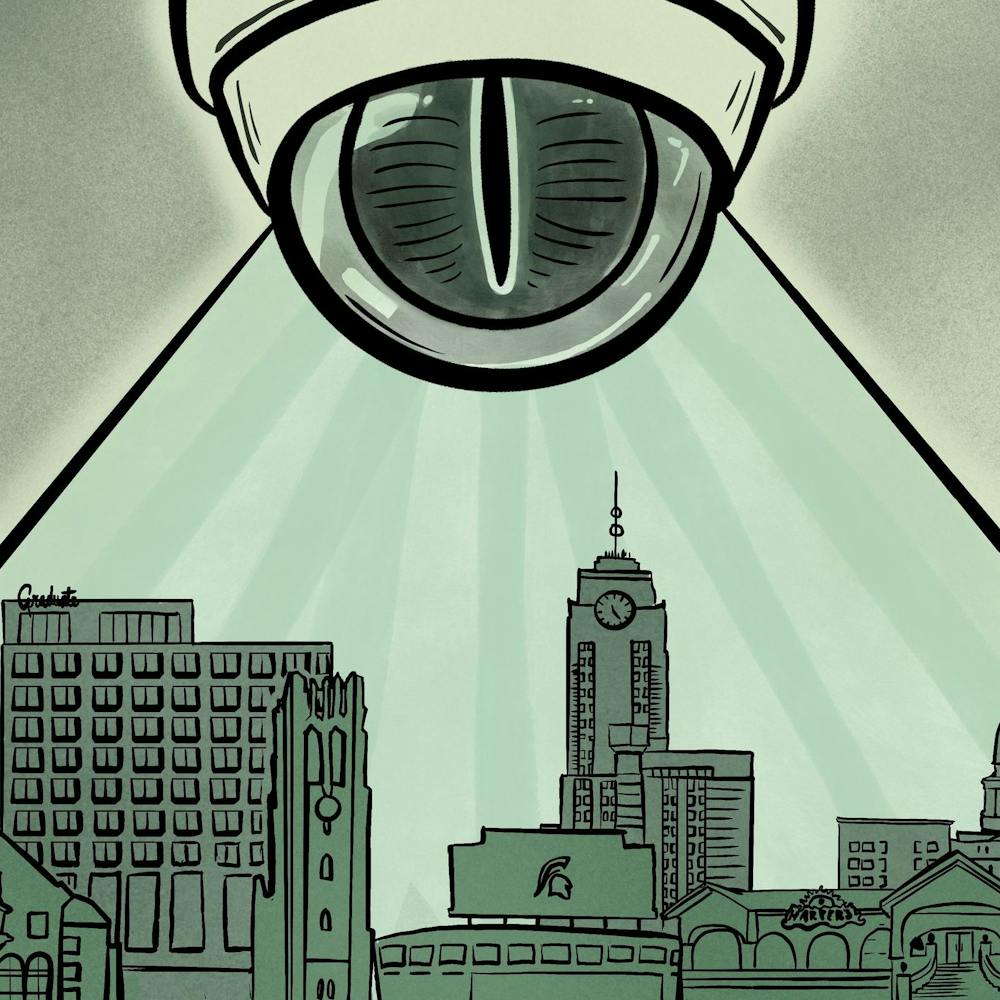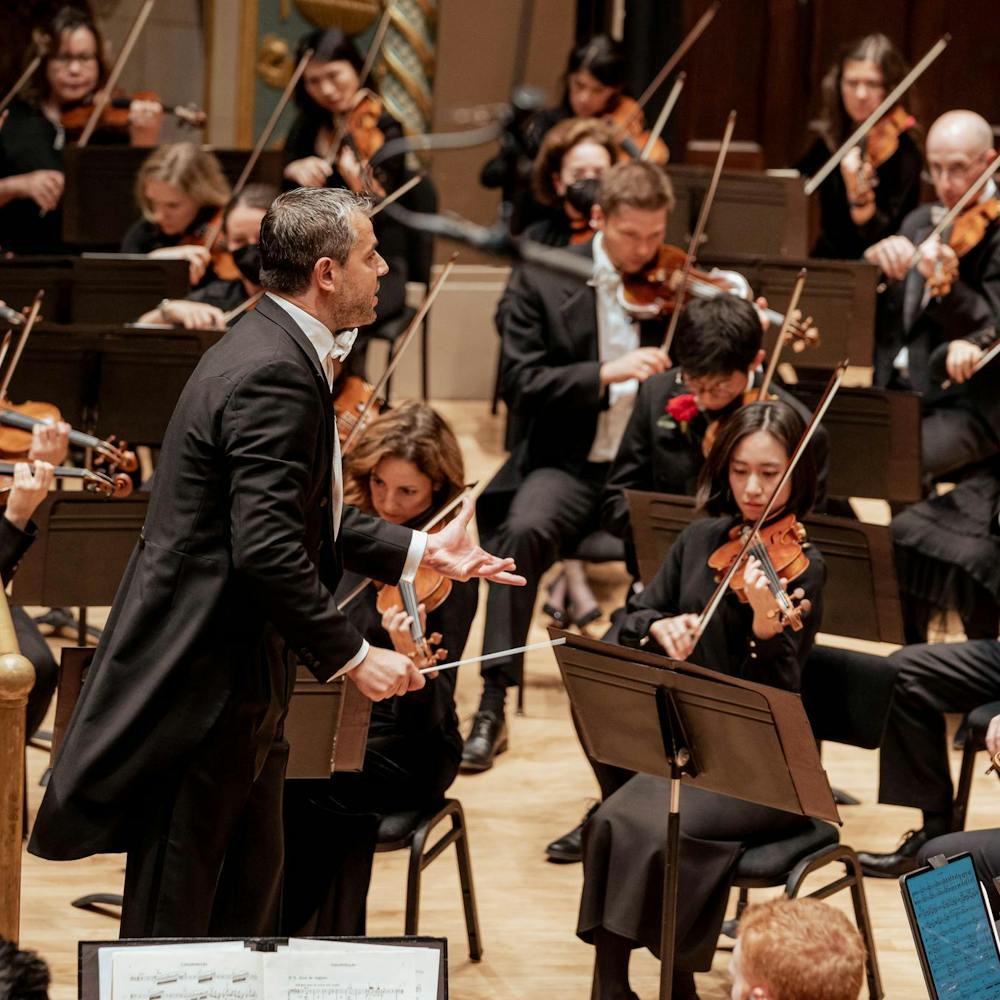Ash trees in the Midwest and Northeast are in danger of dying from unknown causes.
Frank Sapio, forest health program manager of the Michigan Department of Natural Resources, said a disease affecting the species is widespread throughout southern Michigan.
“It is worse in urban environments,” he said.
Sapio said a combination of other outside factors has been playing a role in some instances.
“That doesn’t explain what is going on in the woods,” he said.
The decline of the trees could be attributed to a disease known as ash yellow.
“It is a very elusive agent, we don’t know what is exactly going on,” Sapio said.
But not knowing what the exact cause of the affliction has troubled Sapio.
“Often I can go to a woodlot and identify what is wrong with a tree,” he said. “Now about 40 percent of the time I can’t, those are the ones we are worried about.”
Dave Smith, environmental specialist for East Lansing, said so far there hasn’t been a problem with local trees.
One reason behind it could be the city’s attempt to keep specific species of tree populations low.
“Certainly it could be anytime you plant a lot of the same species in one area you run a risk if a disease coming in that could be hurtful of the trees,” he said.
To avoid problems with trees being affected by diseases, different species of trees are planted in the city, Smith said.
But weather conditions, salt and other outside factors often can put stress on trees, Sapio said.
“When you whack it with a lawn mower, oversalt the street or use weed feed to make the grass green, there is going to be something wrong with it,” he said.
While the blight has been blamed for destroying neighborhood ash trees, this isn’t the first time the environment has been in trouble.
Smith said in recent years the only disease to damage East Lansing trees was Dutch elm disease.
“Several years ago we did a tree inventory and we (counted) 100 trees and that is street trees,” he said. The elm population is now down to zero, he said.
Although Dutch elm disease helped destroy many trees, Sapio said the ash tree blight is not as bad.
“It concerns me when we have a major decline of trees and the fact that I can’t point to a single cause of the agent,” he said.
Campus arborist, Paul Swartz, said no ash trees on campus have been diagnosed as of yet.
“We are keeping an eye on them, if we see the symptoms we will do what we can,” he said.





